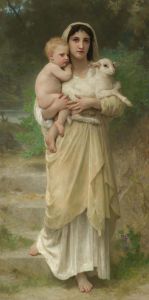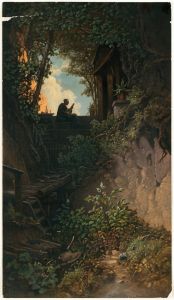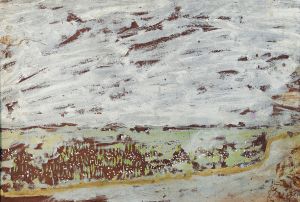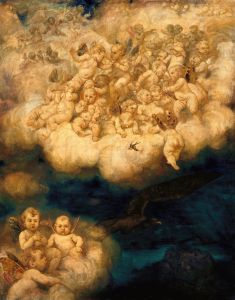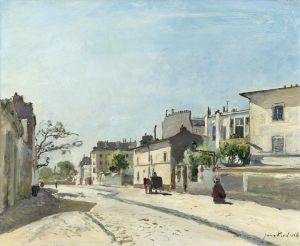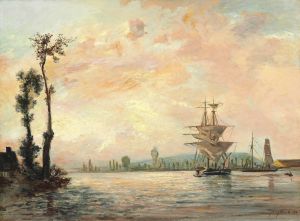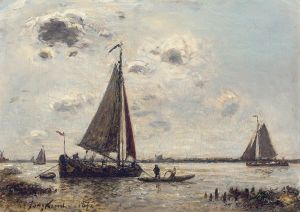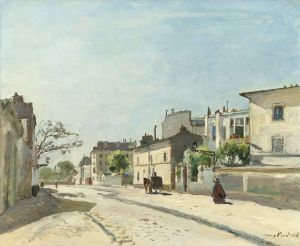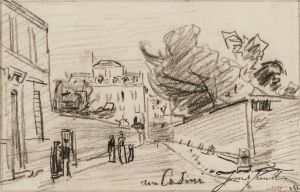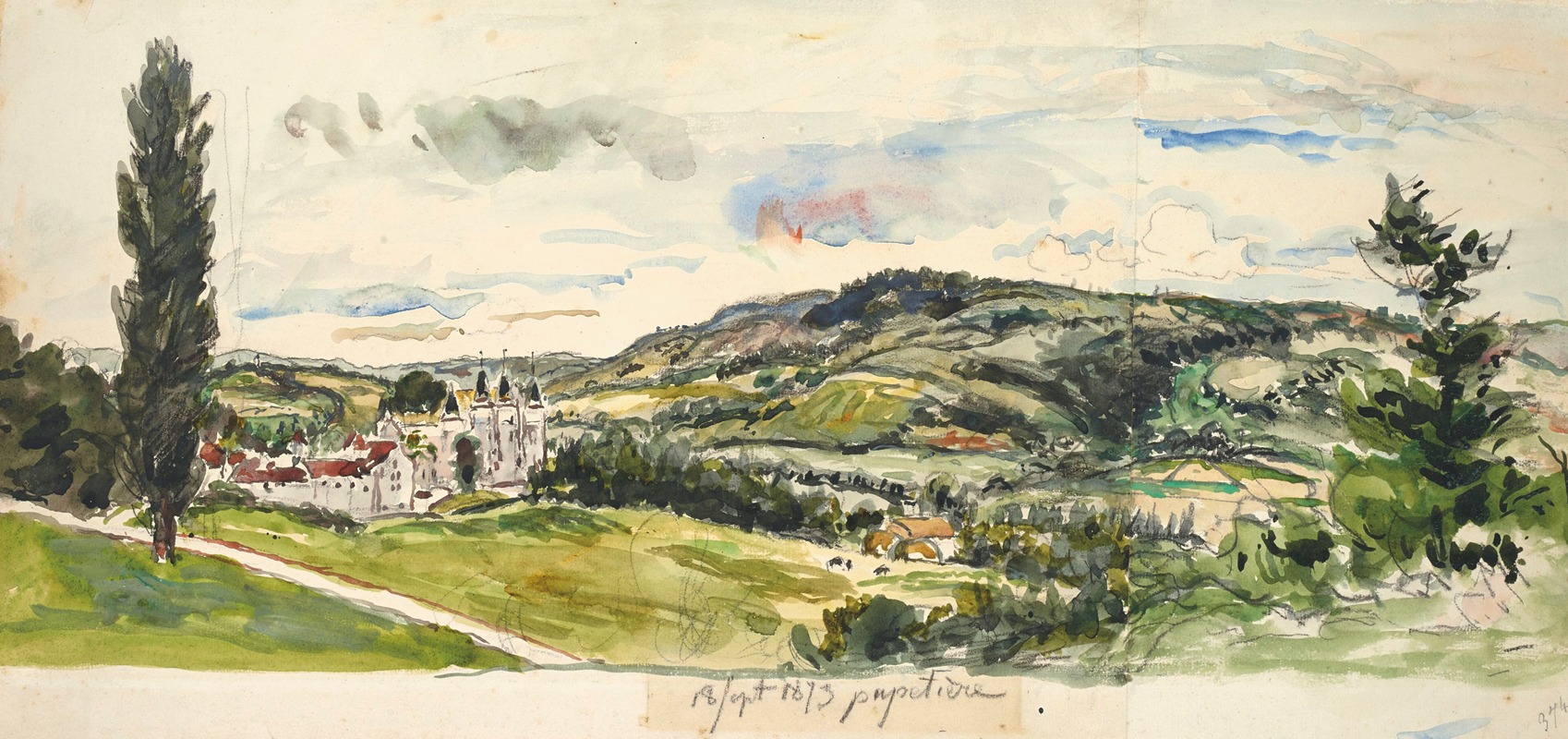
The château of Pupetière
A hand-painted replica of Johan Barthold Jongkind’s masterpiece The château of Pupetière, meticulously crafted by professional artists to capture the true essence of the original. Each piece is created with museum-quality canvas and rare mineral pigments, carefully painted by experienced artists with delicate brushstrokes and rich, layered colors to perfectly recreate the texture of the original artwork. Unlike machine-printed reproductions, this hand-painted version brings the painting to life, infused with the artist’s emotions and skill in every stroke. Whether for personal collection or home decoration, it instantly elevates the artistic atmosphere of any space.
Johan Barthold Jongkind was a Dutch painter known for his significant contributions to the development of Impressionism. Born on June 3, 1819, in the Netherlands, Jongkind spent much of his career in France, where he became associated with the Barbizon School and later influenced the Impressionist movement. His works are celebrated for their innovative use of light and atmosphere, often depicting landscapes, cityscapes, and marine scenes.
"The Château of Pupetière" is one of Jongkind's lesser-known works, and specific details about this painting are relatively scarce. The château itself is located in the Isère department of southeastern France, near the town of Châbons. It is a historical structure with roots tracing back to the medieval period, though it has undergone various renovations and restorations over the centuries. The château is noted for its picturesque setting and architectural charm, which likely attracted Jongkind's artistic interest.
Jongkind's painting style is characterized by a keen observation of natural light and a loose, expressive brushwork that captures the transient effects of weather and time of day. His approach often involved painting en plein air, or outdoors, which allowed him to directly engage with his subjects and convey a sense of immediacy and vitality in his work. This technique was a precursor to the methods later adopted by the Impressionists.
In "The Château of Pupetière," Jongkind would have applied these techniques to depict the château and its surroundings, focusing on the interplay of light and shadow on the building's façade and the natural landscape. While specific details of the painting's composition are not widely documented, it can be inferred that Jongkind's treatment of the subject would reflect his typical emphasis on atmosphere and mood.
Jongkind's influence on the Impressionists, particularly Claude Monet, is well-documented. Monet himself acknowledged Jongkind's impact on his development as an artist, citing Jongkind's guidance and encouragement during his formative years. Jongkind's ability to capture the essence of a scene with minimal detail and his focus on the effects of light were qualities that resonated with Monet and his contemporaries.
Despite his contributions to the art world, Jongkind struggled with personal challenges, including financial difficulties and bouts of depression. He spent his later years in relative obscurity, passing away on February 9, 1891, in Saint-Égrève, France. However, his legacy endures through his paintings, which continue to be appreciated for their pioneering approach and their role in shaping modern landscape painting.
While "The Château of Pupetière" may not be as widely recognized as some of Jongkind's other works, it remains a testament to his skill in capturing the beauty and essence of his surroundings. The painting reflects his enduring fascination with the French landscape and his ability to transform ordinary scenes into extraordinary works of art through his unique vision and technique.





